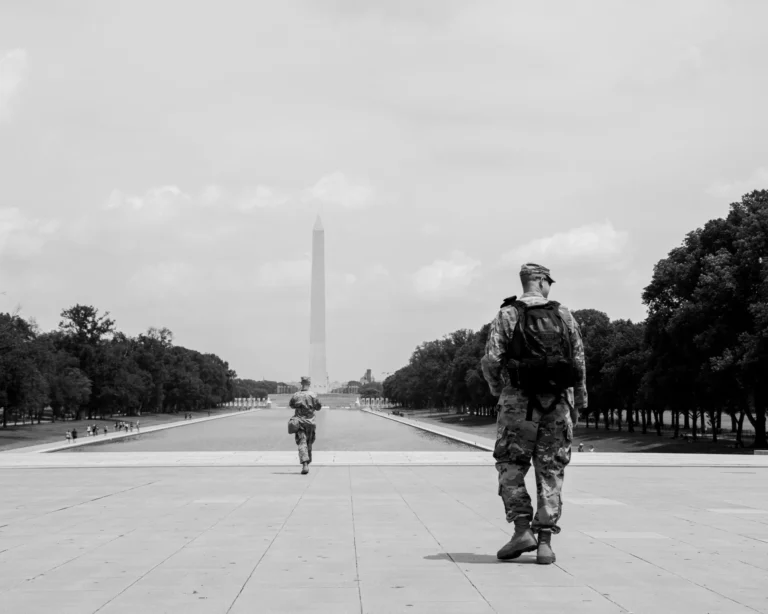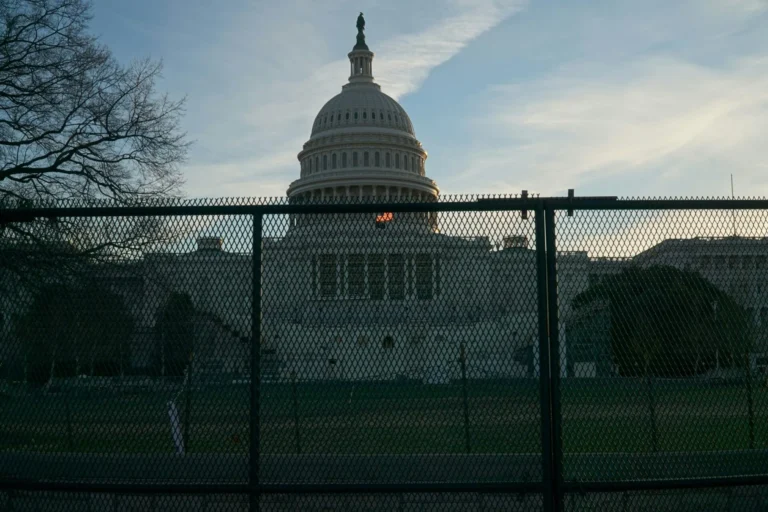Is it smart to still sell U.S. arms to such an unpredictable country? The Bush Administration thinks so. Should U.S. Still Be Selling Millions In Military Hardware To Pakistan?By Cliff Montgomery – May 18th, 2008The sale of American arms to Pakistan recently was the subject of a short congressional study.Because Pakistan shares a border with Afghanistan–the nation which for years had been the center of operations for Osama bin Laden’s al-Qaeda–a firm U.S.-Pakistan alliance was virtually ensured after the Sept. 11th, 2001 terrorist attacks.But Pakistan is hardly a stable nation. The country itself is a terrorist base for those working to destabilize India, Kashmir and Afghanistan. And Pakistan’s troops have conducted essentially ineffectual counter-terrorism operations throughout the nation’s western tribal regions, where al-Qaeda now is believed to have its world-wide operations center.And there are questions about Pakistan’s commitment to furthering freedom and democratic change. In late 2007, President Pervez Musharraf began a six-week-long “emergency rule,” which had more to do with a personal desire for absolute power than anything else.Parliamentary elections held in February 2008 did give power to a coalition strongly against Musharraf’s continued rule. But talks in early May over the possible re-instatement of high court judges tossed out by Musharraf have badly strained relations among coalition members.So is it smart to still sell U.S. arms to such an unpredictable country? The Bush Administration thinks so.Below we offer for our readers the entire short congressional memo regarding these continued sales:Major U.S. Arms Sales and Grants to Pakistan Since 2001Major government-to-government arms sales and grants to Pakistan since 2001 have included items useful for counterterrorism operations, along with a number of “big ticket” platforms more suited to conventional warfare.In dollar value terms, the bulk of purchases are made with Pakistani national funds: the Pentagon reports total Foreign Military Sales agreements with Pakistan worth $4.55 billion for FY2002-FY2007 (in-process sales of F-16 combat aircraft and related equipment account for about three-quarters of this).The United States also has provided Pakistan with nearly $1.6 billion in Foreign Military Financing (FMF) since 2001 (including scheduled FY2008 funds), with a “base program” of $300 million per year beginning in FY2005. These funds are used to purchase U.S. military equipment.Pakistan also has been granted U.S. defense supplies as Excess Defense Articles (EDA).Major post-2001 defense supplies paid for with FMF include:
- eight P-3C Orion maritime patrol aircraft and their refurbishment (valued at $474 million);
- about 5,250 TOW anti-armor missiles ($186 million);
- more than 5,600 military radio sets ($163 million);
- six AN/TPS-77 surveillance radars ($100 million, all delivered and in operation);
- six C-130E transport aircraft and their refurbishment ($76 million, all delivered and in
operation); and
- 20 AH-1F Cobra attack helicopters granted under EDA, then refurbished ($48 million, 12
delivered, 8 pending refurbishment).Supplies paid for with a mix of Pakistani national funds and FMF include:
- up to 60 mid-life update kits for F-16A/B combat aircraft (valued at $891 million, with $108
million of this in FMF, Pakistan’s current plans are to purchase 46 of these); and
- 115 M-109 self-propelled howitzers ($87 million, with $53 million in FMF).
Notable items paid for entirely with Pakistani national funds include:
- 18 new F-16C/D Block 50/52 combat aircraft, with an option for 18 more (valued at $1.43
billion);
- F-16 armaments including 500 AMRAAM air-to-air missiles; 1,450 2,000-pound bombs; 500
JDAM bomb tail kits; and 1,600 Enhanced Paveway laser-guided bomb kits ($667 million);
- 100 Harpoon anti-ship missiles ($298 million, 70 delivered);
- 500 Sidewinder air-to-air missiles ($95 million, 300 delivered); and
- six Phalanx close-in naval guns ($80 million).
While the Pentagon has notified Congress to the possible transfer to Pakistan of three P-3B aircraft as EDA grants that would be modified to carry the E-2C Hawkeye airborne early warning suite in a deal worth up to $855 million, negotiations have not progressed beyond the notification stage. If implemented, FMF could be used toward this purchase.Major EDA grants since 2001 include 4 F-16A/B combat aircraft (10 more such aircraft will be transferred to Pakistan as they become excess to the U.S. Air Force) and 16 T-37 military trainer jets (20 more are pending).Under Coalition Support Funds (part of the Pentagon budget), Pakistan received 26 Bell 412 helicopters, along with related parts and maintenance, valued at $235 million.Like what you’re reading so far? Then why not order a full year (52 issues) of thee-newsletter for only $15? A major article covering an story not being told in the Corporate Press will be delivered to your email every Monday morning for a full year, for less than 30 cents an issue. Order Now!





